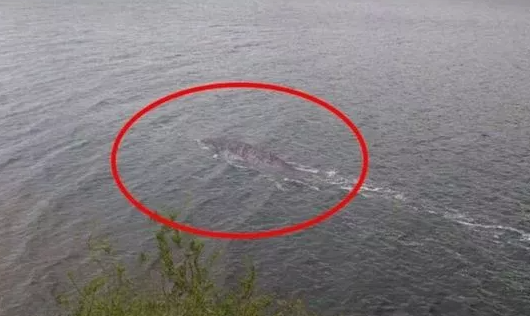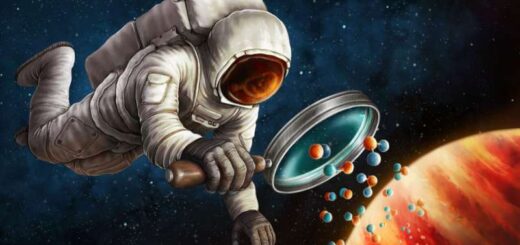Loch Ness monster sighting: Mystery beast spotted once again – claim
LOCH NESS monster enthusiasts were sent into a frenzy when a new image of the supposed beast began circulating on social media.
The images were posted to the Facebook group Anomalous Universe by the group’s founder Steve Carrington.
According to Loch Ness research blog Loch Ness Mystery, Mr Carrington said: “Took this in Loch Ness last September but I don’t know what kind of fish it is”.
While fooling many of the group, the Twitterverse was quick to conduct its own investigation.
As it turned out, the Loch Ness monster in this image was a catfish – and had been photoshopped into the photo.
The specific catfish has even been tracked down, which had been captured in the river Po in Italy by anglers Benjamin Gründer, Kai Weber, and Marcus Brock in 2018.
Markings on a catfish’s back are unique, much like a fingerprint, so the people of Twitter troweled through famous images of catfish and discovered the one in the picture, which weighed a staggering 286lb when it was captured.
By analysing the back of the beast which is poking out the water, Twitter account @supahflylol discovered the identical markings on the catfish from the 2018 image.
Supahflylol said of the image: “Can’t believe we gotta say this, but the loch ness monster picture is fake. Compare these unique patterns here.”
In September last year, scientists from New Zealand extracted DNA samples from across Loch Ness, and found no dinosaur-DNA. The mythical monster had been rumoured to be a plesiosaur, a dinosaur which lived up until the end of the dinosaurs’ time on Earth 66 million years ago.
The team also managed to rule out the presence of giant crocodiles, sturgeon, otters and seals.
However, Dr Neil Gemmell, from the University of Otago, said he was “surprised” by the “sheer volume” of eel DNA.
Dr Gemmell said divers saw massive eels in the loch, which he theorises could have been mistaken for a massive monster.
Juvenile eels, known as elvers, make their way to Scottish rivers from the Sargasso Sea near the Bahamas, a gruelling 3,100 mile (5,000km) journey, each year to lay eggs.
Dr Gemmell said that while isolated in the loch, the eels could have grown “even larger”.
He continued: “People love a mystery, we’ve used science to add another chapter to Loch Ness’ mystique.
“We can’t find any evidence of a creature that’s remotely related to that in our environmental-DNA sequence data.
“So, sorry, I don’t think the plesiosaur idea holds up based on the data that we have obtained.”




 Creators of mankind
Creators of mankind Description of “Tall white aliens”
Description of “Tall white aliens” Where they came from?
Where they came from? About hostile civilizations
About hostile civilizations The war for the Earth
The war for the Earth “Tall white aliens” about eternal life
“Tall white aliens” about eternal life Video: “Nordic aliens”
Video: “Nordic aliens” Aliens
Aliens Alien encounters
Alien encounters The aliens base
The aliens base UFO
UFO Technology UFO
Technology UFO Underground civilization
Underground civilization Ancient alien artifacts
Ancient alien artifacts Military and UFO
Military and UFO Mysteries and hypotheses
Mysteries and hypotheses Scientific facts
Scientific facts


















